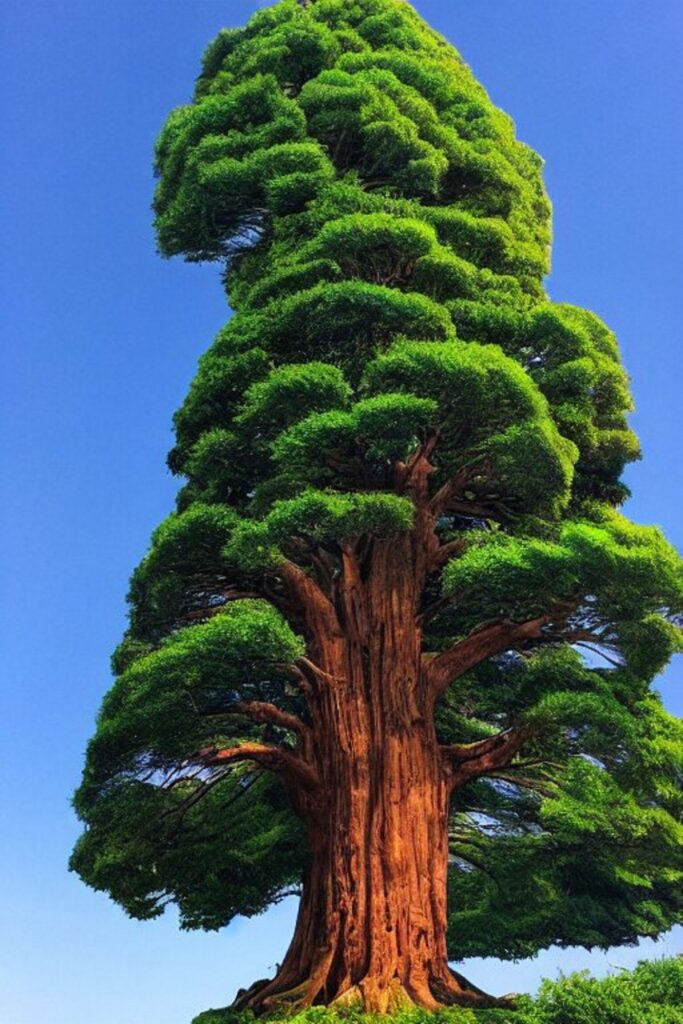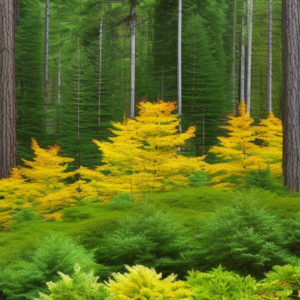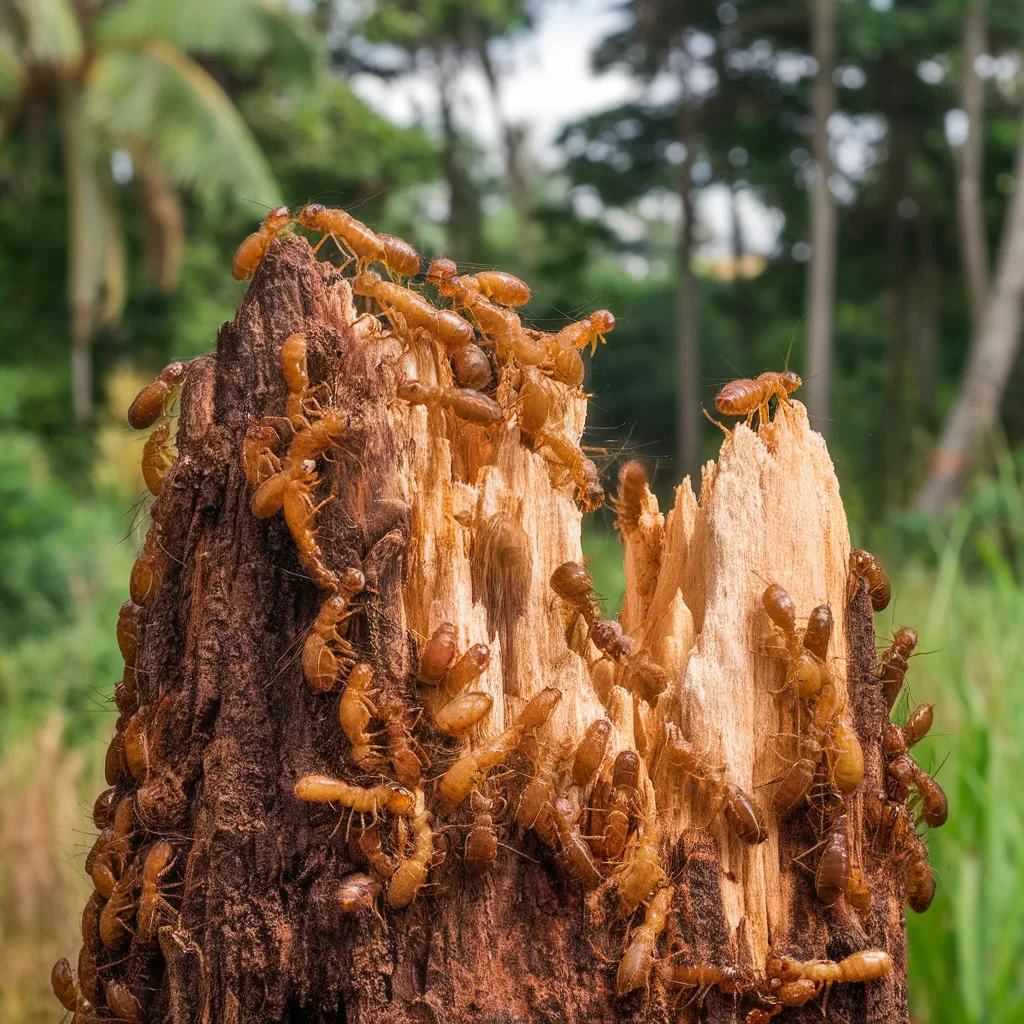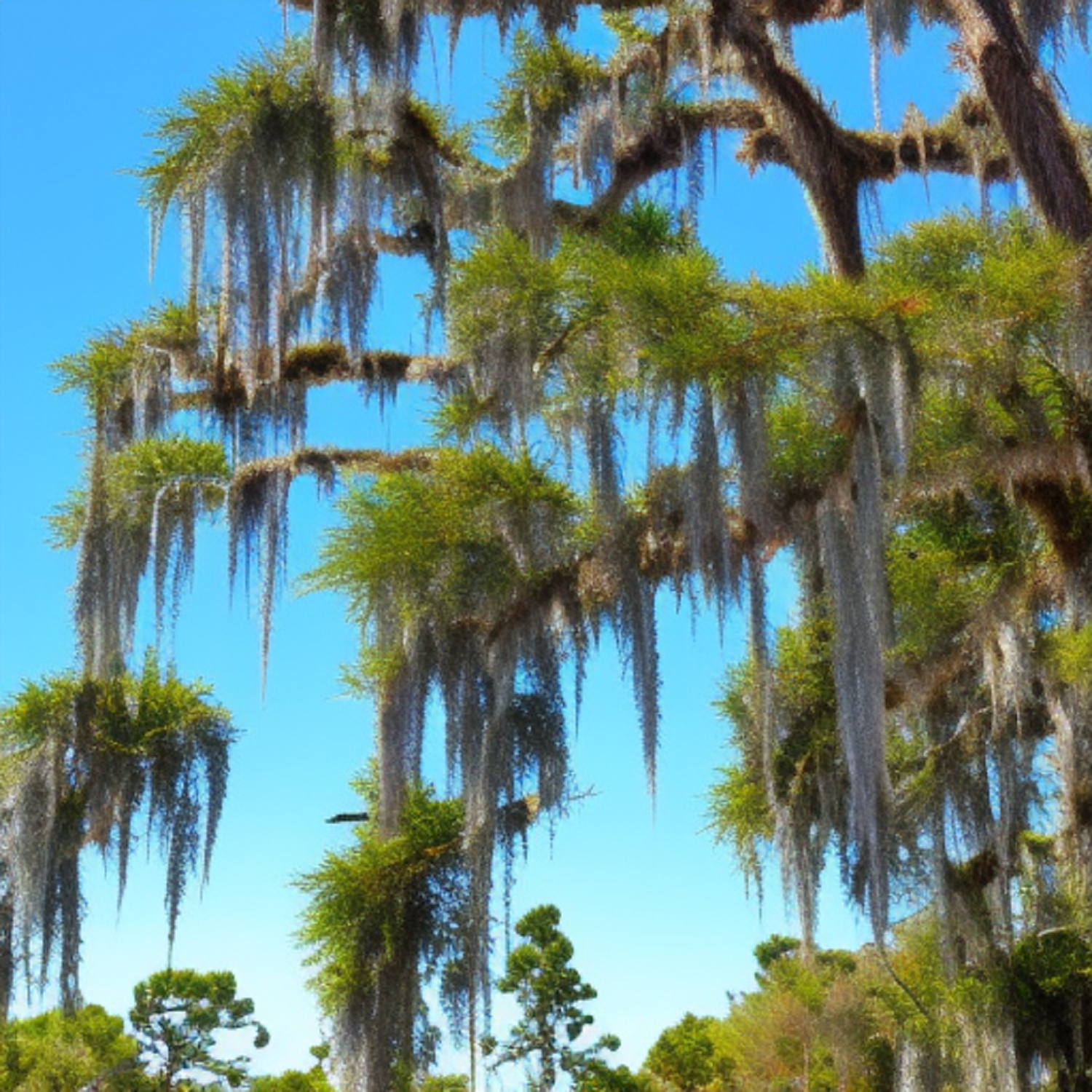For those of us searching for an answer to the question ‘what’s the quickest-growing tree species?’ you won’t be disappointed by what we’ve found.
Through careful study and observation, it appears that several varieties of trees have earned their place at the top as some of the fastest-growing trees on our planet.
From fast-growing evergreen and deciduous conifers to hardy fruit-bearing or nut types, these remarkable tree species can reach full height within just a few short years—in some cases less than one!
In this article, we’ll take a closer look at what makes these phenomenal speeds possible so you can get your own “quick fix”.

Evergreen Conifers – A Look at the Fastest Growing Varieties
Fastest growing Evergreens :
- Norway Spruce
- Green Giant Arborvitae
- Leyland Cypress
- Eastern White Pine
- Larch
Evergreen conifers have long been a favorite of gardeners and landscapers due to their rapid growth rate, wide variety of shapes and sizes, and hardiness. These trees are among the quickest-growing tree species available today.
Some varieties like sequoias can reach full height within less than a year while other evergreen conifers such as cypress, spruce, and fir will complete their life cycle in 4-8 years!
Faster still, larch varieties can go from seedling to mature trees in just 3 seasons—amazingly fast given how large these majestic trees grow.
When deciding which types of suitable fast-growing trees are right for you it is important to consider factors such as climate zone suitability (e.g., lodgepole pines prefer cold climates while ponderosa pine thrives in warmer areas) soil type (fir prefers acidic soils whereas juniper is ideal for alkaline conditions), desired shape or size (dwarf Alberta spruce for tight spaces or grand arborvitae that can soar up to 75 feet tall!), sunlight preferences, focused pruning methods (pyramidal arborvitaes work well when trained into distinctive shapes).
Now that we’ve examined some key elements behind choosing the perfect green conifer variety let’s take a look at what makes them unique when compared with other trees.
Fast-growing evergreen conifers differ from their deciduous counterparts not only by their speed but also because they retain foliage throughout the winter comprising lasting beauty all year round!
Moreover, these evergreens tend to respond well with other hardy varieties established nearby, reinforcing once more why they often ‘make the grade’ in many landscapes around the world.

Deciduous Conifers – How They Make the Grade
Fastest Growing Conifers :
- Hybrid Poplar
- Freeman Maple
- Tulip Tree
- Dawn Redwood
- Heritage River Birch
- Ash
- Norway Maple
Deciduous conifers make the grade when it comes to achieving rapid growth amongst tree species. The number one reason is that this group of trees possess special morphological and physiological features which enable them to withstand late frosts, cold-weather hardiness, light exposure, and a high rate of photosynthetic capacity.
These adaptations promote vigorous growth when exposed to full sunlight during their growing season. This allows them to reach full height within just a few short years in some cases – even less than one year!
Furthermore deciduous coniferous trees can benefit from cutting-edge techniques such as selective breeding whereby infertile hybrids are grown specifically for their fast growth characteristics and drought tolerance (for example Picea abies ‘Fastigiata‘).
Selective breeding increases the genetic variation between plants; consequently enhancing choices available in terms of desirable traits like resilience or color preference while simultaneously optimizing growth speed – making this type of tree an excellent option for rapid landscape restoration projects.

Fruit-Bearing & Nut Trees – A Closer Look at Their Speedy Growth
fASTEST gROWING fRUIT AND nUT :
- Mulberry
- Apple
- Peach
- American Hazelnut
- English Walnut
- Almond
Fruit-bearing and nut trees have been revealed as some of the most rapid-growing tree species. These types possess hardy constitutions that allow them to achieve full height in a matter of several years—and sometimes, even less than one year!
By many accounts, they can grow at more than five times the rate of other slow-growing trees such as oaks or pin oaks. Knowing when to prune fruit trees will certainly help growth.
Their accelerated growth depends on their natural life cycle, which involves shedding blossoms after flowering in late spring and sprouting new fruit shortly thereafter. This enables these powerful plants to grow faster, healthier and fuller during short periods throughout the season.
As an added bonus, fruit-bearing and nut trees also yield delicious sweet treats while simultaneously creating valuable sources of shade!
With a combination of proper planting procedures and maintenance along with necessary watering schedules and nutrition levels monitored regularly—your garden may bear tasty fruits within several years without fail!



